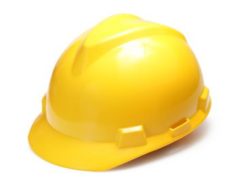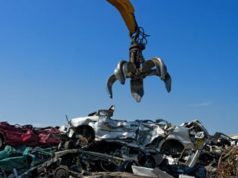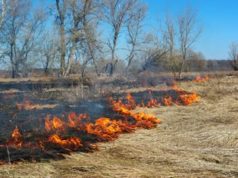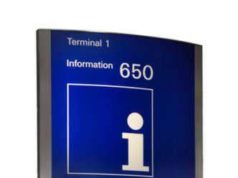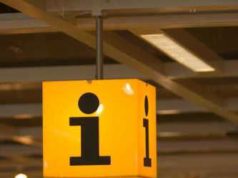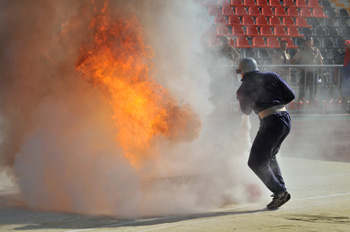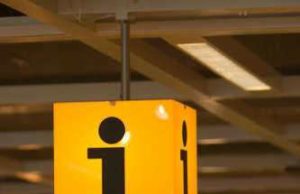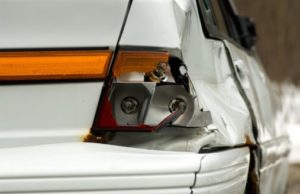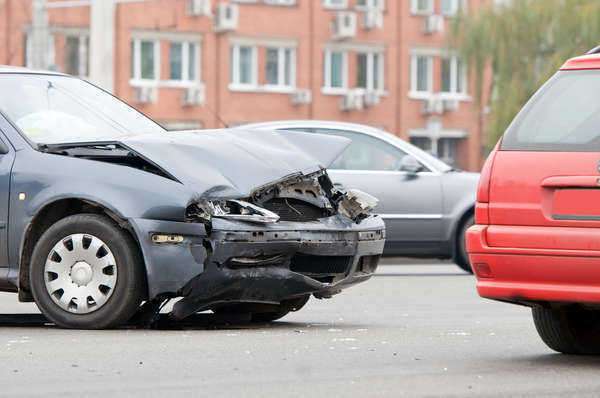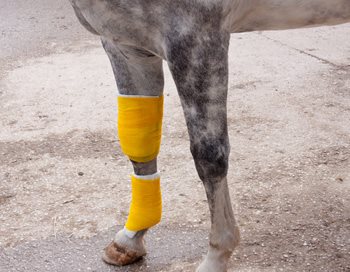 Factors in Horse Accidents
Factors in Horse Accidents
Horse accidents can readily occur due to the combination of the rider’s high elevation from the ground and the rapid pace of the horse. Riders can fall up to 13 feet in a horse accident, while the speed of their steed can get up to 40 mph. Another factor contributing to horse accidents and the resulting painful and debilitating injuries to the riders is the comparative lack of intelligence on the part of horses compared with other mammals such as dogs, combined with their large size. Horse accidents can cause death or, most seriously among the non-fatal injuries, spinal and brain damage.
Different Types of Horse Accidents
While horse accidents are most commonly associated with fatalities and injuries occurring among riders, other kinds of horse accidents can also occur, which can also result in serious, if not fatal, consequences for the humans involved. A rarer yet still dangerous form of horse accident is one involving the collision of a motor vehicle, such as a car or motorcycle, with a horse, which may be with or without a rider, depending on the case.
Danger Posed by Horse Accidents
According to studies, accidents when people are riding horses can occur much more commonly than in the instances of the use of other forms of transportation. For one, horse accidents have been compared to motorcycle accidents, a method of comparison which has shown that people are far more likely to experience accidents and possible resulting injury or fatality when riding horses compared to motorcycles.
Horse riding considered to be for “leisure” purposes was found in this study to involve one injury, of any degree of severity, per every 100 hours’ worth of people engaging in such activities. On the other hand, for “amateur racing over jumps”, one horse accident occurred on average for every five hours’ devoted to such activities. “Cross country eventing” activities, meanwhile, posed the risk of one horse accident, and resulting injury to the rider, for every hour of such riding.

